Published On July 21, 2010
5th c. B.C.
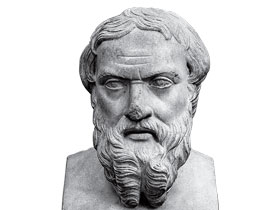
THE GRANGER COLLECTION
Herodotus tells of a Spartan commander who excused soldiers who, though of proven bravery, were “out of heart and unwilling to encounter the danger.” Herodotus also mentions a soldier—called “The Trembler”—who hanged himself.
1666

JOHN HAYLS/BRIDGEMAN ART COLLECTION
After surviving the Great Fire of London, Samuel Pepys describes experiencing, and noticing in fellow Londoners, what appear to be classic PTSD symptoms: sleeplessness and anxiety.
1860s
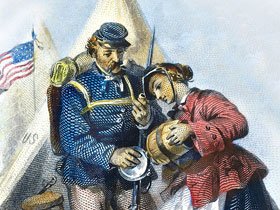
THE GRANGER COLLECTION
Thousands of Union Civil War combat veterans are hospitalized with “nostalgia,” a despondent, depressed state resulting from severe homesickness intensified by the stresses of military life.
1866
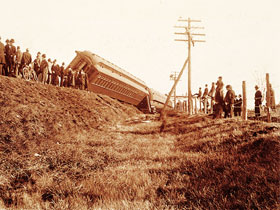
THE GRANGER COLLECTION
The New York Times reports a new disorder, “railway spine.” A passenger “gets out with…his body unbruised, and his mind unconscious of any disorder beyond a general weakness and confusion, which he sets down vaguely to a shock to the system, while his friends charitably attribute it to excessive fright.”
1914–1918
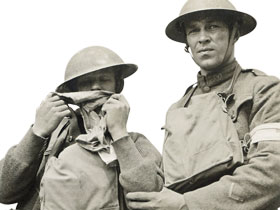
OTIS ARCHIVES/FLICKR
More than 300 British soldiers, many suffering from “shell shock,” are executed for cowardice. In 2006 the United Kingdom grants the soldiers posthumous pardons.
1943
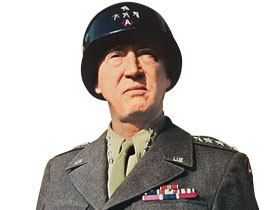
SUPERSTOCK
U.S. Army Lt. Gen. George S. Patton, visiting wounded soldiers in a hospital in Sicily, asks one to describe his injuries. “It’s my nerves,” the soldier replies. Patton slaps him across the face and calls him a coward.
1979
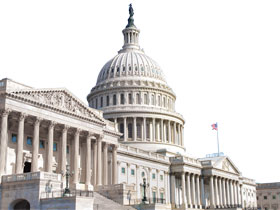
ISTOCK
Eight years after it was first proposed (and after being killed several times), Sen. Alan Cranston’s bill creating outreach centers for Vietnam veterans suffering from psychological problems related to their service is passed by Congress.
1980
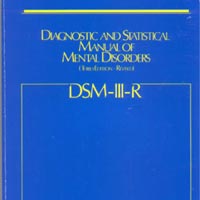
The American Psychiatric Association, in the third edition of its Diagnostic and Statistical Manual, recognizes PTSD as a disorder, replacing disorders related to specific traumas.
1989
Congress establishes the National Center for PTSD within the Department of Veterans Affairs. Spread among seven “academic centers of excellence” around the country, the unit is charged with promoting research and better education about PTSD.
2008
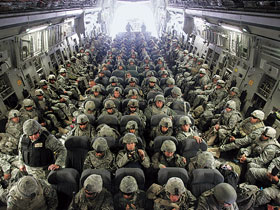
VYACHESLAV OSELEDKO/AFP/GETTY IMAGES
A landmark study by the RAND Corporation estimates that 300,000 of the 1.64 million U.S. service members deployed to Iraq and Afghanistan may suffer from PTSD or depression—and that far too few are getting effective treatment.
Stay on the frontiers of medicine
Related Stories
- PTSD: The War Inside
Finally recognized as real and debilitating, post-traumatic stress disorder may now be yielding ground to innovative therapies.
- Foreign Wars, Domestic Tragedies
Families of returning veterans sometimes develop mental health problems of their own. An MGH team studies the problem and looks for solutions.